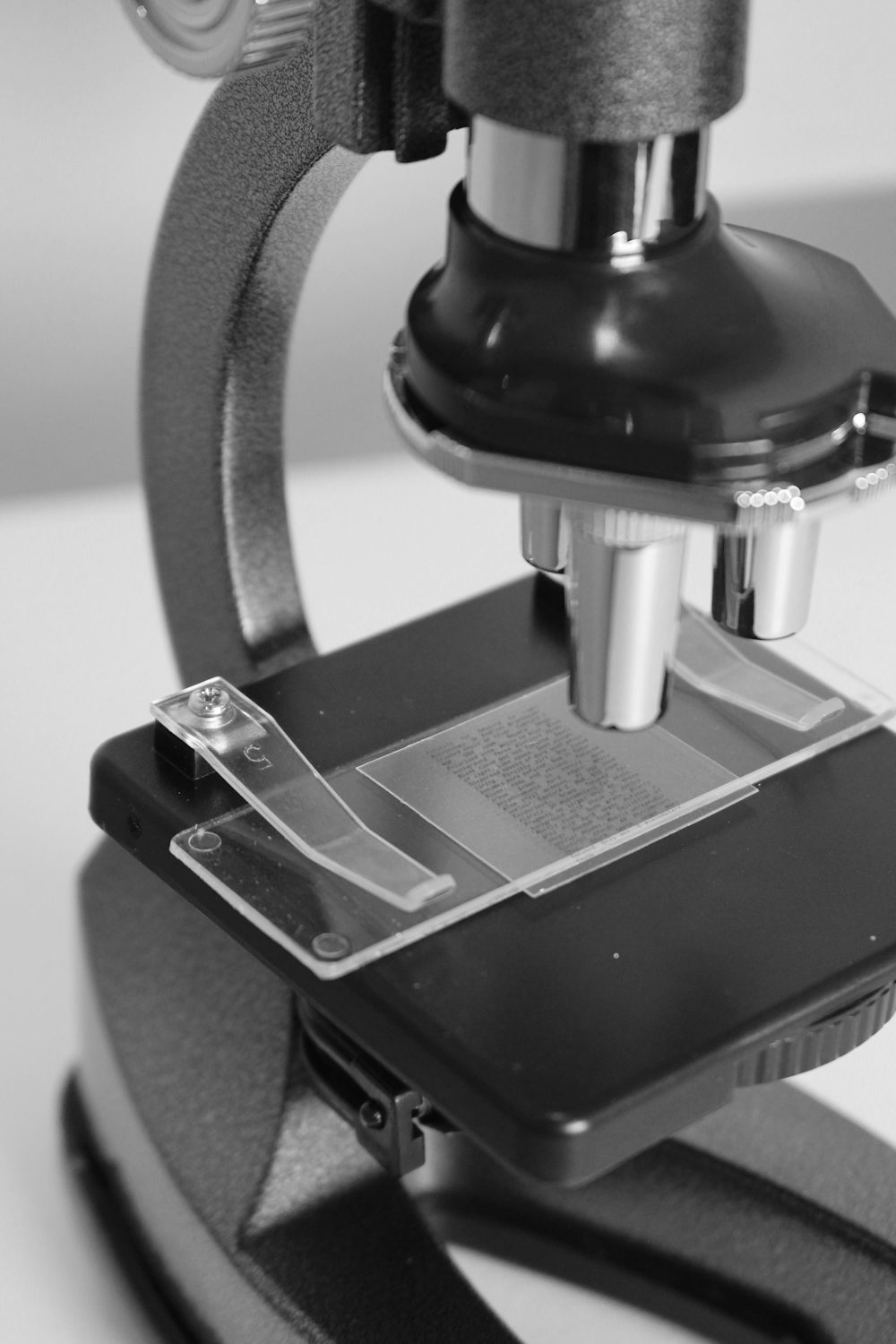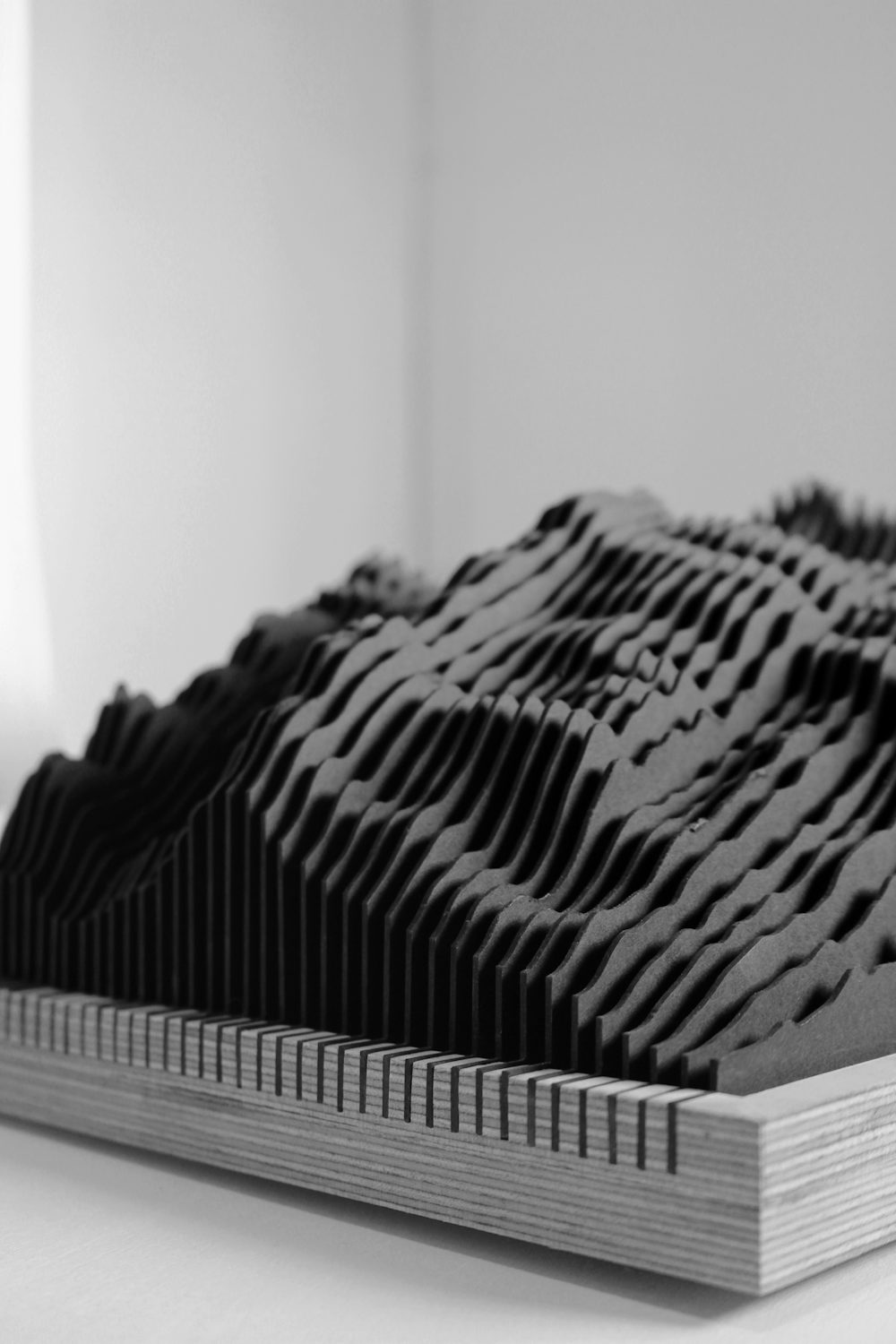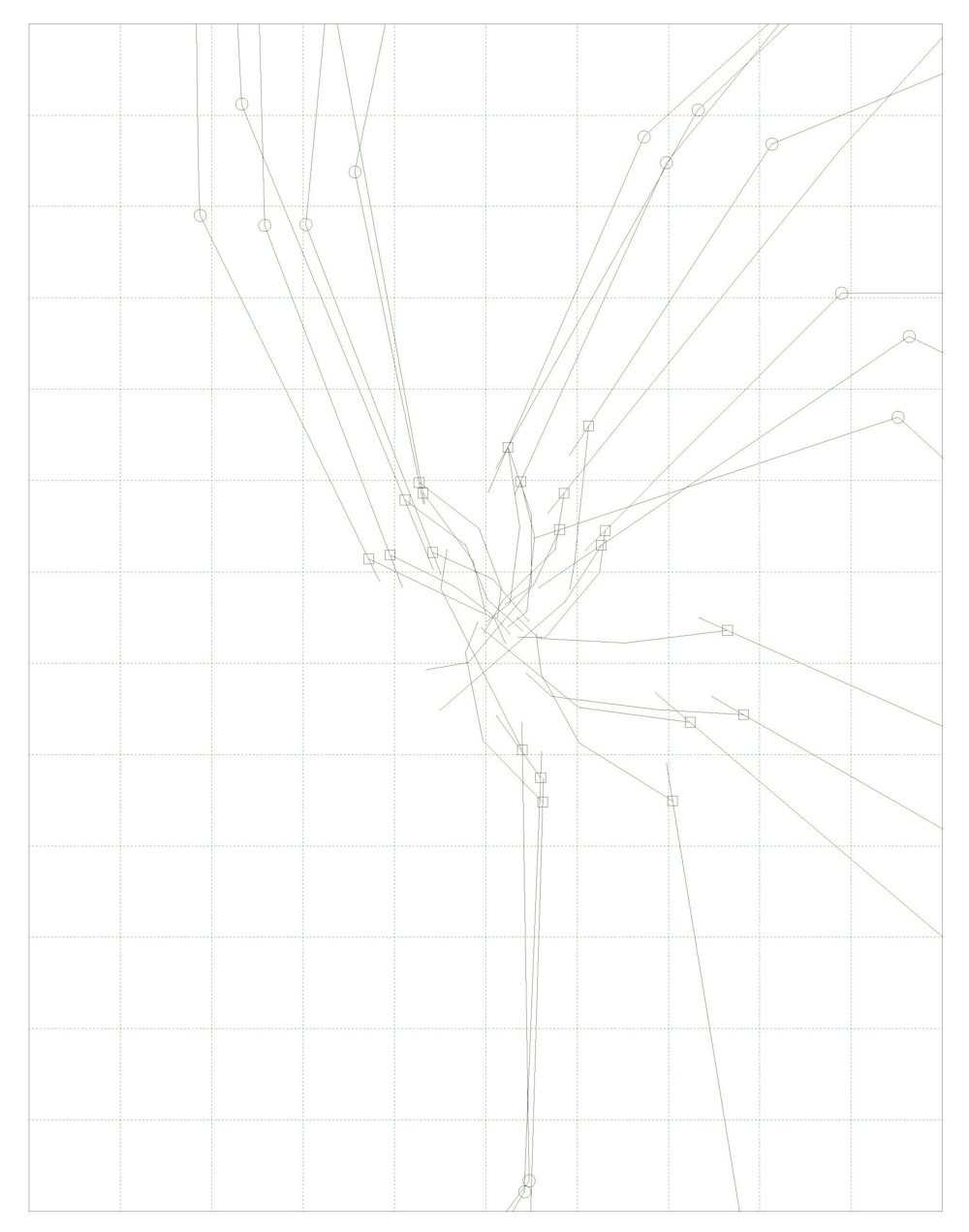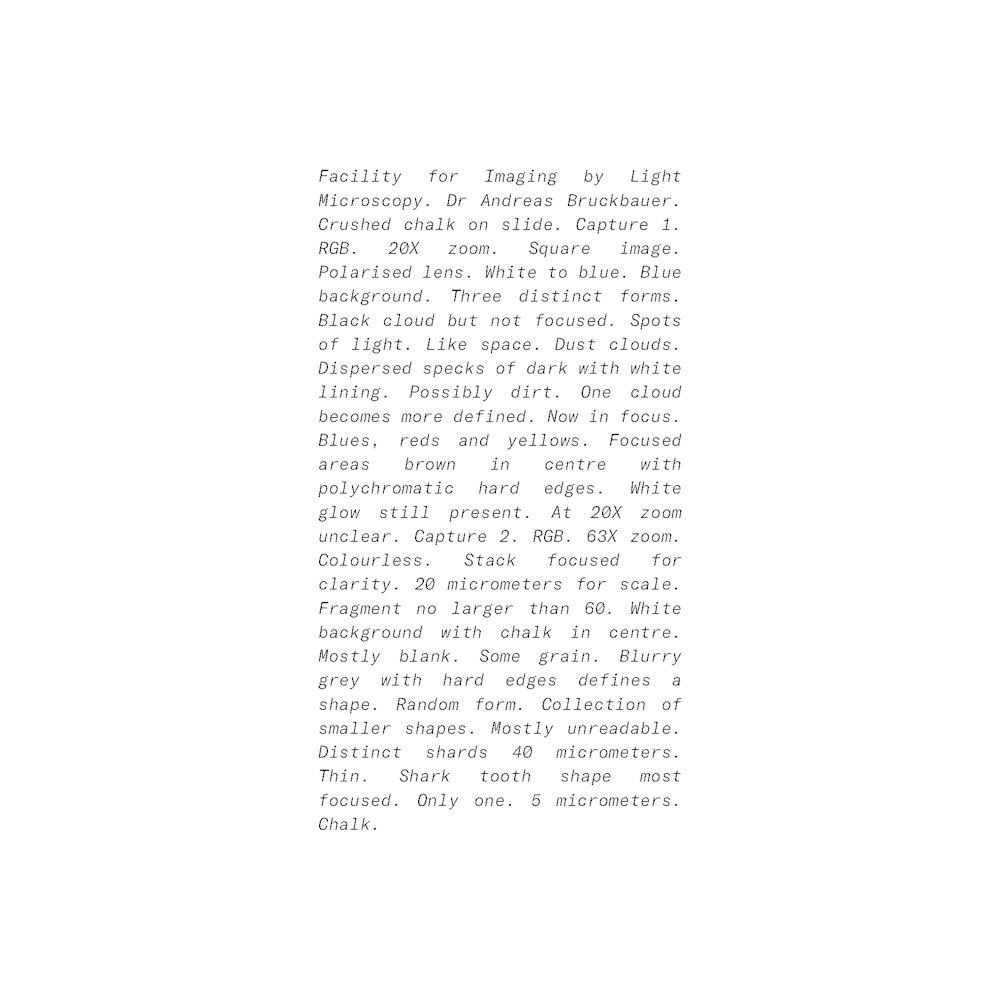Gabriel Beard
"Anatomy of Evidence"
Keywords: evidence, music/sound, moving image, photography, evidence
Anatomy of Evidence is an installation piece comprised of four elements that each document the slow excavation of a block of chalk in a unique way. The piece investigates the role of evidence in the understanding of events and attempts to more thoroughly interrogate the process of documentation and analysis that takes place. Where traditional forms of evidence are often empirical and the methods involved unquestioned, the installation asks how an alternative form of analysis and representation changes the reading of an event. In neuroscience, synesthesia is an anomalous blending of the senses in which the stimulation of one modality simultaneously produces sensation in a different modality. By using this notion of synesthesia as the method of translation, applying the process to the staged event can help reveal what information is lost, what is kept and how the understanding of it has changed.
Each of the four pieces that make up the installation attempt to translate a different piece of original recorded evidence into a new medium to reveal what happens to the information and resulting understanding of the event with each respective translation.
The Spectroscape is a three-dimensional representation of the spectrogram taken from an audio recording of the chalk scratching. It plots time, frequency and amplitude against each other and results in model that becomes a landscape of the sound of the event. Using a video recording of the event to track hand and arm movement, we can better understand the role of the effector in the event. Where duration and movement is present in the video, the still drawing that is suspended in the installation becomes a record of the series of arm configurations that took place. High resolution macro photography allows us to see details in objects that are unreadable with the human eye. With technology, the record of the texture of the tool that was used to scratch the chalk is translated from image into audio. The resulting sound piece is presented through headphones to accompany the installation. Lastly, the material qualities of the chalk are translated into an aural recital. Text that describes microscopic images at 20X and 63X zoom are read through the microscope and provide information about the material qualities of the substance.






